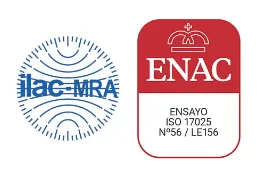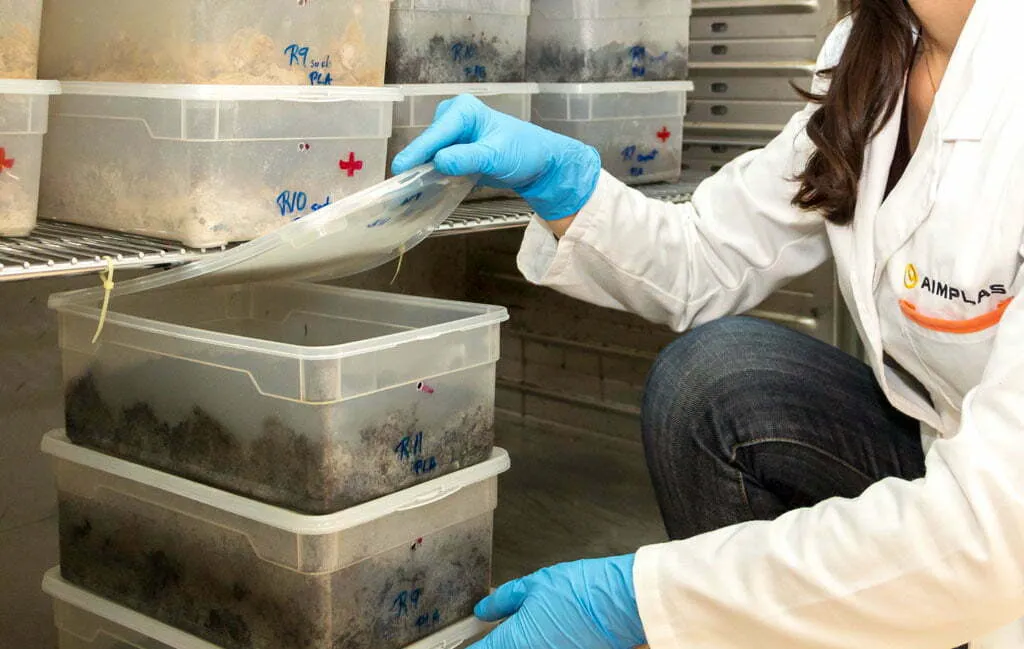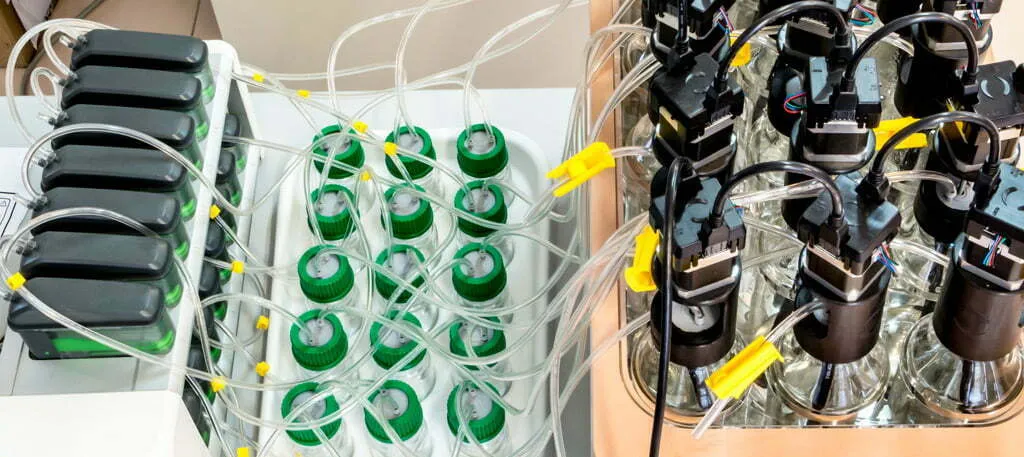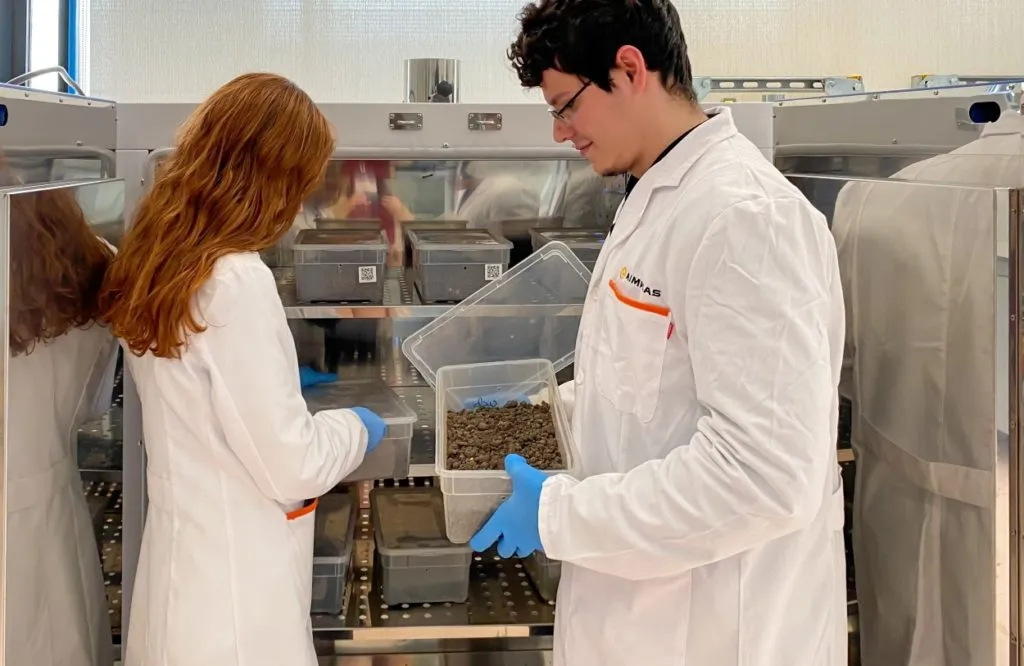Biodegradability and Compostability
At AIMPLAS, we carry out all the studies required by companies to demonstrate and certify that their product is compostable.
Do you need to know if your product is biodegradable in a particular environment? Is your product biodegradable under aerobic and anaerobic conditions? Does your product meet compostability regulation requirements? Do you need to certify your compostable product at industrial and/or home level?
At AIMPLAS, we carry out all the studies required by companies to demonstrate and certify that their product is compostable. We also carry out laboratory studies, offer advice during the product development process and provide support during the certification process. We have automated our processes to obtain more accurate CO2 and biodegradation measurements so we can provide our customers with a higher quality service.
Studies in accordance with standards
We are able to carry out compostability studies in accordance with the following standards:
- EN 13432. Packaging. Requirements for packaging recoverable through composting and biodegradation. Test scheme and evaluation criteria for the final acceptance of packaging.
- EN 14995. Plastics. Evaluation of compostability. Test scheme and specifications.
- ISO 17088. Plastics. Organic recycling. Specifications for compostable plastics.
- ASTM D 6400. Standard specification for labelling of plastics designed to be aerobically composted in municipal or industrial facilities.
Biodegradability and Compostability Testing
Chemical characterization and identification of samples
Control of components known or expected to be harmful to the environment and to exceed standard specifications during the biological treatment process. It is necessary to determine the content of heavy metals and fluorine, and to identify the sample and any volatile solids.
Aerobic biodegradation
Degradation of an organic compound into carbon dioxide, water, mineral salts and new biomass by the action of microorganisms in the presence of oxygen. In order to determine if a product is biodegradable, it is first necessary to define the environment of this biodegradation.
- Controlled composting in accordance with standard ISO 14855.
- Soil medium in accordance with standard ISO 17556.
- Aqueous medium in accordance with ISO 14852.
- Marine medium accordance with ASTM D6691 and ISO 22404.
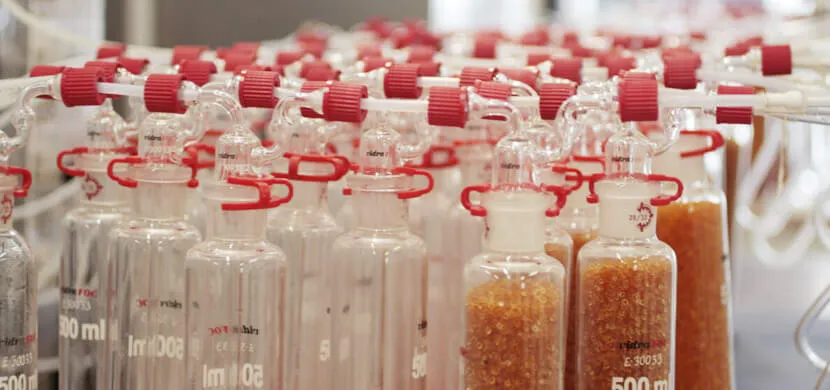
Anaerobic biodegradation
Degradation of organic matter through the combined action of different microorganisms in the absence of oxygen.
The products generated include new biomass and biogas (a mixture of methane, carbon dioxide and traces of sulphuric acid), which has high potential for producing electricity and heat. The standard used is ISO 15985.
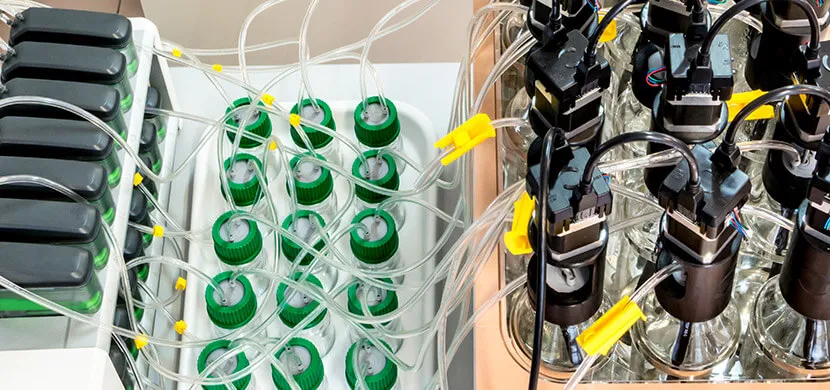
Disintegration
Physical process involving the fragmentation of plastic material in the final compost. The degree of disintegration can be determined at pilot and laboratory scale.
- Disintegration in a pilot-scale test ISO 16929
- Disintegration in a laboratory-scale test ISO 20200
- Laboratory-scale accelerated disintegration of bioplastics
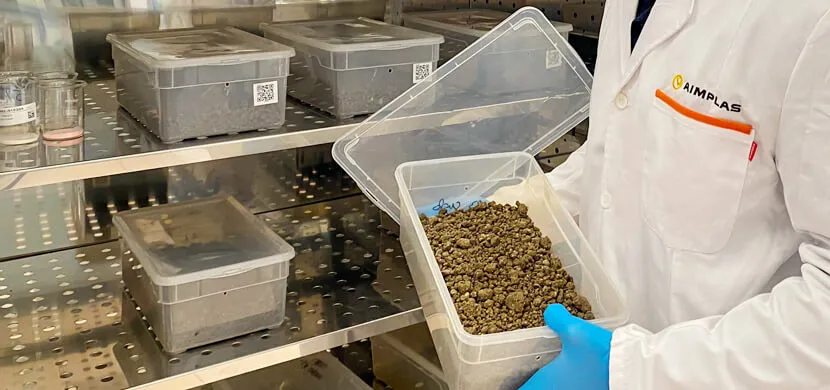
Ecotoxicity
The physico-chemical properties of the final compost (compost quality) are analysed and the ecotoxicological effects on higher plants are determined in accordance with standard OECD 208 and Annex E of standard EN 13432.
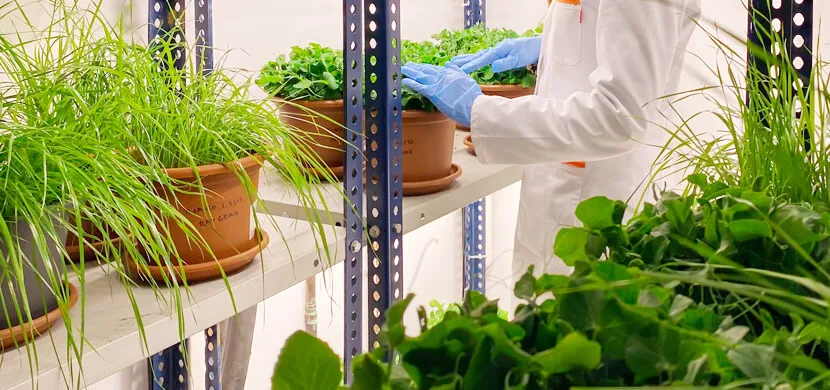
Accreditations and recognition
AIMPLAS laboratories are accredited in accordance with international quality standard UNE-EN ISO/IEC 17025 and also by ENAC to carry out biodegradation studies in in soil, and the complete industrial and domestic compostability scheme, which includes:
- Chemical characterisation of plastic material.
- Final aerobic biodegradability of the plastic material under controlled composting conditions.
- Plastic material disintegration under pilot or laboratory scale composting conditions.
- Ecotoxicity to higher plants: seed germination and growth test.
Our laboratories are recognized by the following certification bodies:
- TÜV Austria: to carry out the complete compostability test scheme to enable companies to obtain the eco-labels OK Compost INDUSTRIAL, OK Compost HOME and the Seedling logo, as well as OK Biodegradable SOIL.
- BPI: to carry out tests that will allow companies to obtain eco-labels for soil biodegradability and industrial and home compostability.
- DIN CERTCO: to conduct tests that allow companies to obtain the labels DIN Biodegradable Soil, DIN Industrial Compostable, and DIN Home Compostable.
Homologations
Our laboratory has been recognized by the certifying body TÜV Austria to carry out the complete compostability test scheme
In addition to conducting laboratory studies, we provide guidance in product development and accompany you throughout the certification process.
At AIMPLAS, we have highly qualified professionals and state-of-the-art technological equipment.

